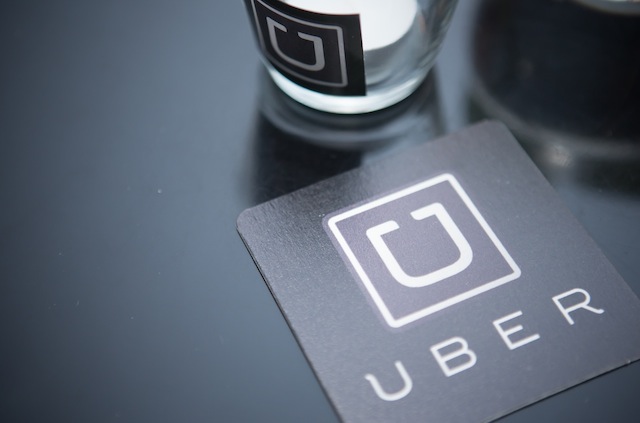At this week’s Australian Gartner Symposium ethics was one of the key issues flagged for CIOs and IT workers; as technology becomes more pervasive and instrusive, managers are going to have to deal with a myriad of questions about what is the moral course of action.
So far the news isn’t good for the tech industry with many businesses failing to deal with the masses of data they are accumulating on users, suppliers and competitors.
A failure of transparency
One case in point is that of online ride service, Uber. One of Uber’s supposed strengths is its accountability and transparancy; the service can track passengers and drivers through their journey which should, in theory, make the trip safer for everybody.
In reality the tracking doesn’t do a great job of protecting riders and drivers, mainly because Uber has Silicon Valley’s Soviet attitude to customer service. That tracking also creates an ethical issue for the company’s management and one that isn’t being dealt with well.
Compounding Uber’s ethical problem is the attitude of its managers, when a Senior Vice President suggests smearing a journalist who writes critical stories then its clear the company has a problem and the question for users has to be ‘can we trust these people with our personal data?’
With Uber we may be seeing the first company where data management and misuse results in senior management, and possibly the founder, falling on their sword.
Journalists’ ethics
Another aspect of the latest Uber story is the question of journalistic ethics; indeed the apologists for Uber counter that because some journalists are corrupt that justifies underhand tactics from companies subject to critical articles.
That argument is deeply flawed with little merit and tells us more about the people making it than any journalist’s ethical compass, however there is a discussion to be had about the behaviour of many reporters.
As someone who regularly receives corporate largess — I attended the Gartner Symposium as a guest of BlackBerry and will be going to an Acer event tomorrow night — this is something I regularly grapple with; my answer (or rationalisation) is that I disclose that largess and let the reader make up their own mind.
However one thing is clear at these events; everything is on the record unless explicitly stated by the other party. This makes Michael Wolff’s criticism of Ben Smith’s original Uber story in Buzz Feed pretty hollow and gives us many pointers on Wolff’s own moral compass as he invites other writers to ‘privileged’ dinners where the default attitude is that everything is off the record.
Playing an insider game
Ultimately we’re seeing an insider game being played, where journalists like Wolff put their own egos above their job of telling their audience what is happening; Jay Rosen highlighted this problem with political coverage but in many respects it’s worse in tech, business and startup journalism.
It’s not surprising when a game is being played by insiders that they take offense at outsiders criticizing them.
Once the customers become outsiders though, the game is drawing to an end. That’s the fate Uber, and much of the tech industry, desperately want to avoid.
Uber in particular has many powerful enemies around the world and clumsy management mis-steps only play into the hands of those who see the company as a threat to their cosy cartels. It would be a shame if Uber’s disruption of the many dysfunctional taxi markets was derailed due to the company’s paranoia and arrogance.
Eventually ethics matter. It’s something that both the insular tech industry and those who write on it should remind themselves.




